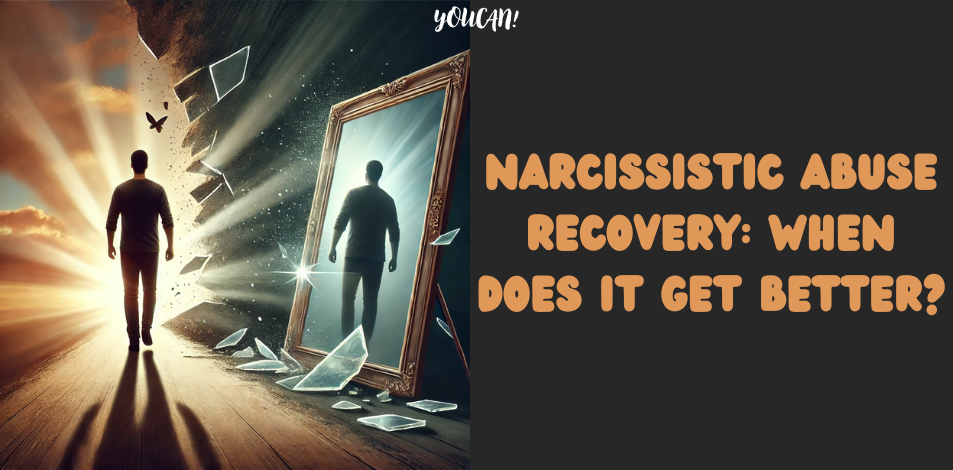
Recovering from narcissistic abuse can be one of the most challenging journeys. Narcissists often manipulate, gaslight, and erode your sense of self, leaving long-lasting emotional scars. If you’re on the path to healing, you may wonder when things will start to feel better. Here’s what you need to know about the recovery timeline and what to expect along the way.
1. Initial Shock and Realization
The first step in recovery often involves coming to terms with the abuse. This can be emotionally overwhelming as you begin to understand how deeply you were manipulated. During this phase:
Emotional turbulence is common. You may experience confusion, anger, and sadness.
Self-doubt can persist as you question how you allowed the abuse to happen or why you didn’t see the signs sooner.
Related : 7 Reasons Cluster B’s Make Good Celebrities
Grief may surface as you mourn the relationship or the loss of your former self.
This initial period can last weeks or even months, depending on how long you were involved with the narcissist and how deeply the abuse affected you.
2. Gradual Clarity and Emotional Distance
As you move further from the narcissist, both physically and emotionally, things will start to improve. During this stage:
Emotional clarity begins to emerge. You start to see the relationship more objectively and understand the patterns of manipulation.
No-contact or limited contact (if the narcissist is a family member) helps create emotional distance, giving you room to heal.
Improved self-esteem gradually returns as you rebuild your sense of self-worth.
This stage may last several months as you process the trauma and establish boundaries that protect you from future manipulation.
3. Rebuilding and Thriving
The most significant improvements in recovery come when you focus on rebuilding your life. At this point:
Self-rediscovery becomes a priority. You may revisit old passions, interests, or friendships that were neglected during the abusive relationship.
Therapy and support groups can accelerate healing by providing a safe space to share your experiences and learn healthy coping mechanisms.
Emotional resilience grows stronger. While you may still experience occasional flashbacks or feelings of vulnerability, you’ll find that these instances become less frequent and easier to manage over time.
Related : Trauma Blocking: Are You Running From Your Healing?
With patience and consistent self-care, most survivors of narcissistic abuse begin to feel significantly better within one to two years, though this can vary.
When Does it Get Better?
There is no set timeline for healing from narcissistic abuse, but many survivors report noticeable improvements after about six months to a year of focused recovery. Remember that healing is not linear. Some days will feel easier than others, and setbacks are a natural part of the process. However, with time, support, and self-compassion, you will notice that the emotional wounds begin to heal, and life starts to feel better again.
Conclusion
Recovering from narcissistic abuse requires time, patience, and a commitment to self-care. While the journey can be long, the outcome is a stronger, more resilient version of yourself. As you gain distance from the abuse and invest in your well-being, things will gradually improve, and you’ll emerge empowered from the experience.




